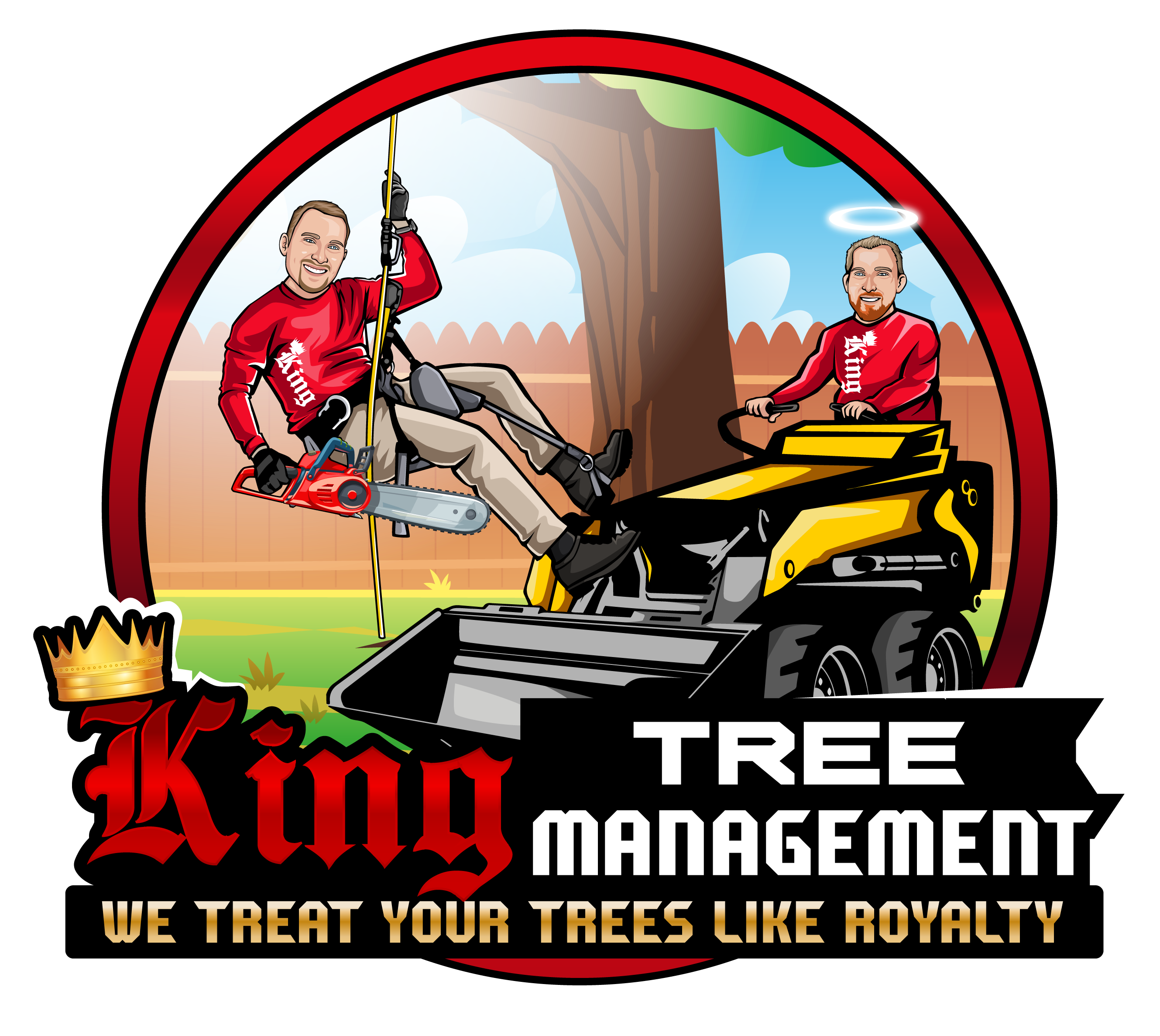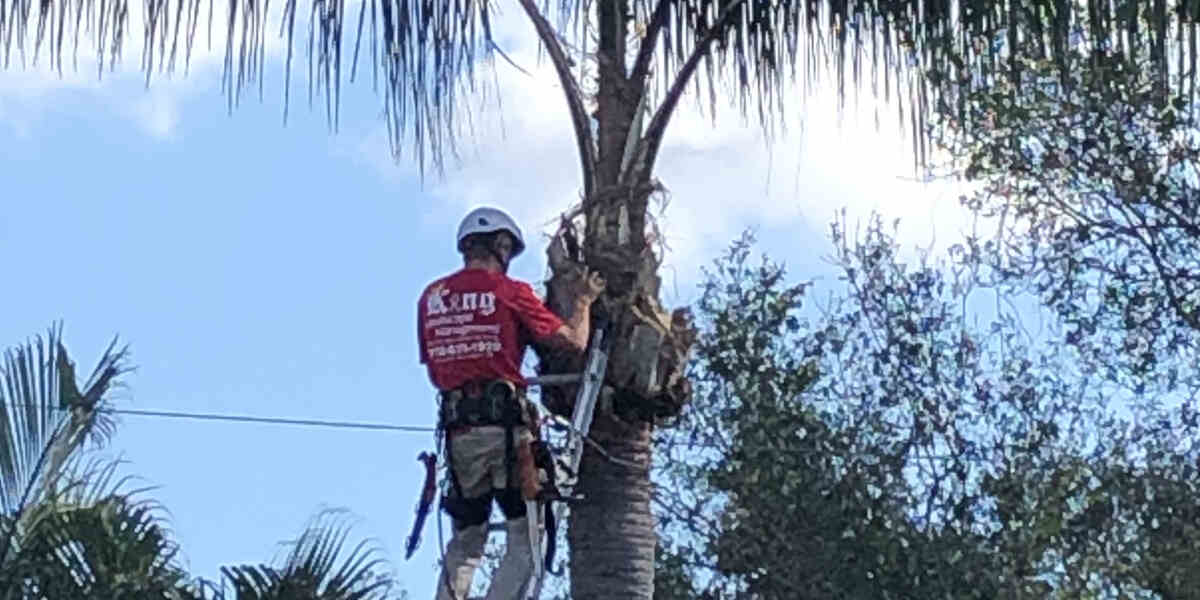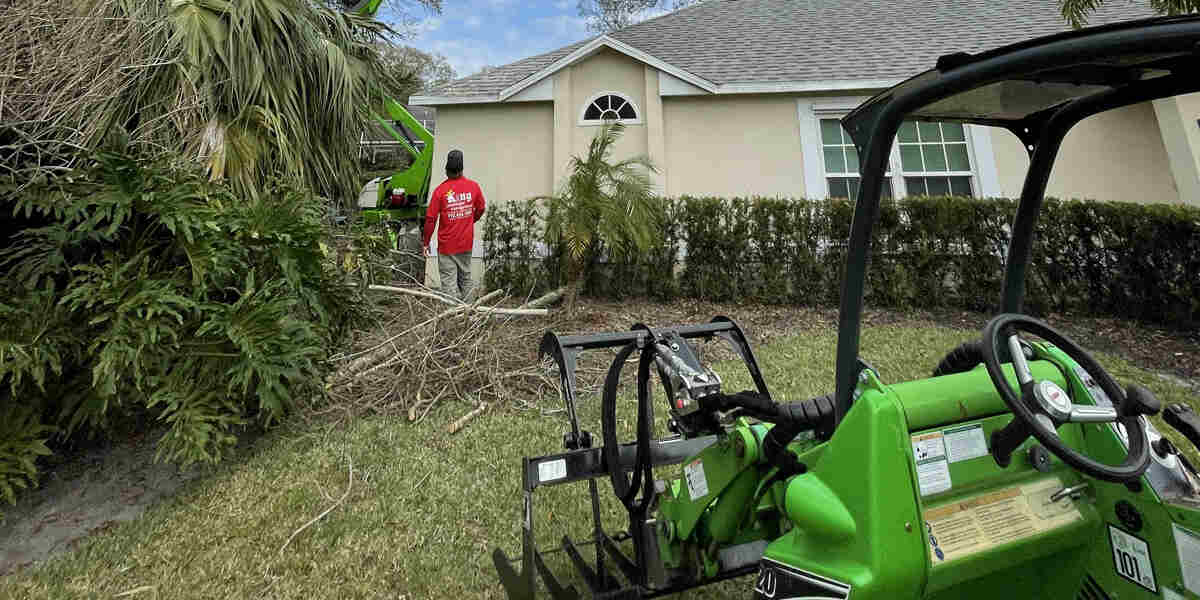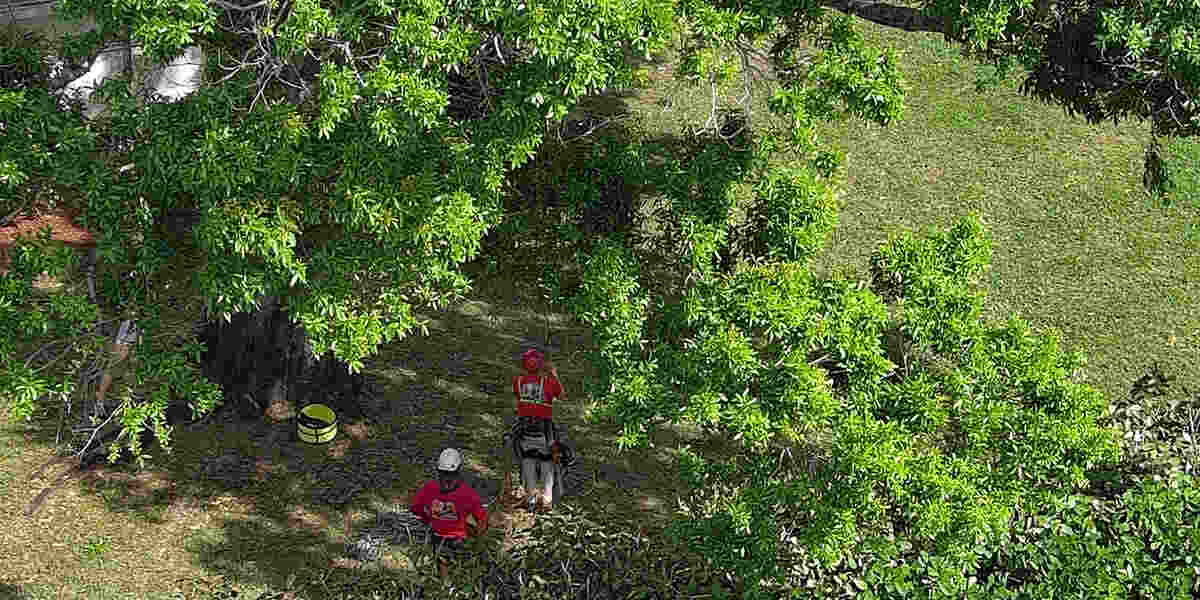Each spring, you toil through a to-do list as long as your arm. Pruning, trimming, cleaning the yard, and mowing the lawn occupy your mind as you prepare for warm weather. Has a tree health assessment made the list?
In addition to scheduling expert tree service in Vero Beach, FL, take the time to assess your trees’ health. It can improve your property and even save your home in the coming years.
Why Assess Your Tree’s Health?
Many homeowners don’t give the trees on the property much thought. But professional arborists suggest inspecting each tree for signs of bad health or death. Making assessments a regular habit could prevent property damage, injury, and even save your favorite tree’s life!
Tree Health Assessment Guide
So how do you go about a tree health assessment? Answering the following questions can help you determine tree condition throughout your property. It also helps to understand how trees grow so you can apply researched knowledge to each tree.
#1 Do you use best care practices?
Each tree species has its own needs to maintain perfect health. Meet each need to keep your trees in optimal condition and prevent premature death or disease from taking its life. When you plant a tree, place it in an area where it will thrive with appropriate soil and sunlight.
Follow the watering recommendations to keep it from drying out. Prevention truly is the best protection for your plants and property.
#2 Is fungus present?
As you inspect each tree, check for mushrooms and other fungus around the base of the trunk. Fungi thrive on decaying matter. Their presence near your tree could indicate root decay.
Decaying roots are especially dangerous since the tree may otherwise seem healthy. However, strong winds or heavy rains will inevitably topple the tree, causing its imminent death.
#3 How does the trunk look?
The trunk is an integral structure that allows the tree to grow upward. It also delivers nutrients from the roots to the top branches. A damaged tree trunk indicates disease, insect infestations, and even trauma from lightning strikes.
The trunk should have consistent color, texture, and bark coverage. Touch to see if it feels too dry or mushy. Look it over for any cracks or splits in the trunk’s length. If you observe any damage, you may need a professional assessment.
#4 What does the surrounding soil look like?
If the soil surrounding the tree’s base looks cracked and disturbed with no explanation, it could indicate that the tree is slowly uprooting. This constitutes an emergency as the tree could fall any moment.
#5 Does each limb feature flourishing leaf growth?
Trees produce new growth each spring that matures by the summer. Check for limbs that lack fresh growth. Your tree may have symptoms of illness or a lack of nutrients.
Schedule a Health Assessment with a Certified Arborist at King Tree Management
Did you notice something off during your tree health assessment? Reach out to our certified arborist at King Tree Management for a professional health assessment. We’ll get to the root of the issue at 772‑356‑4487.



